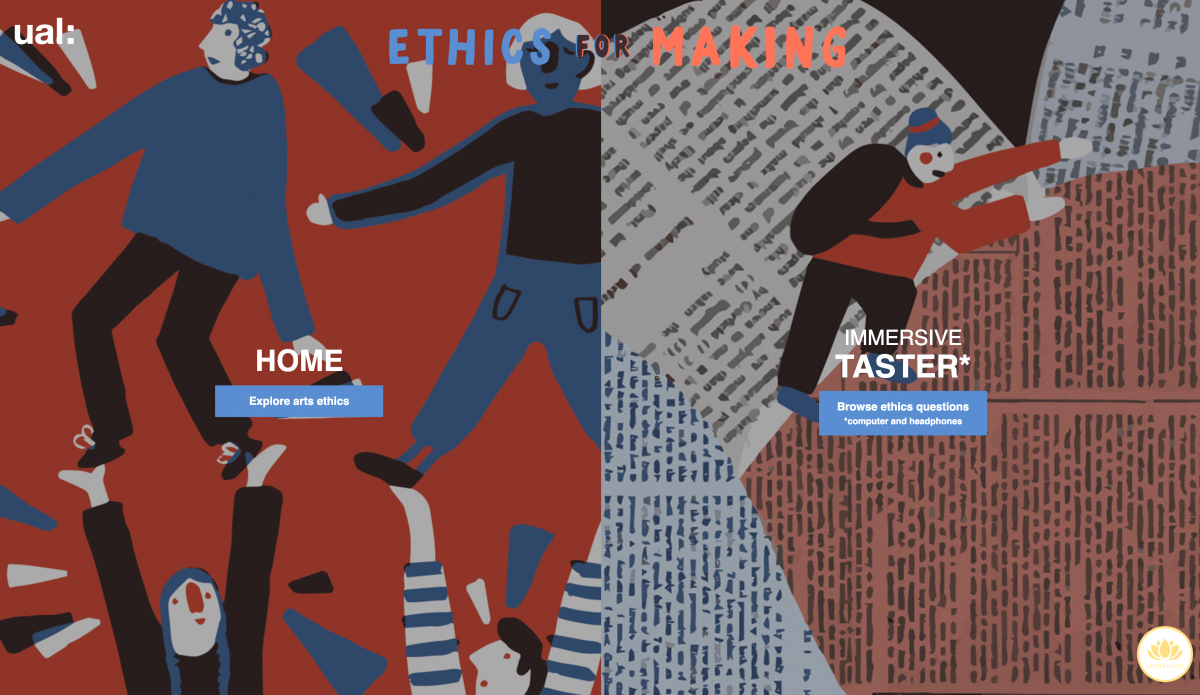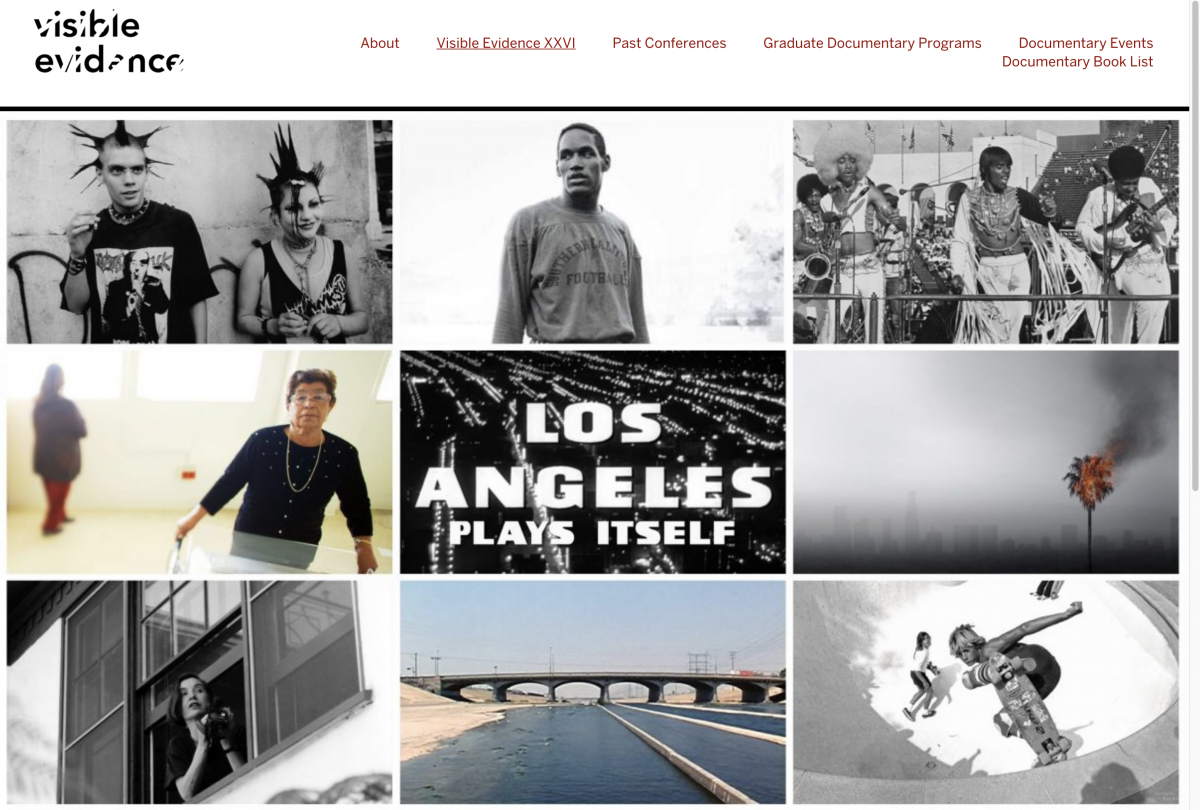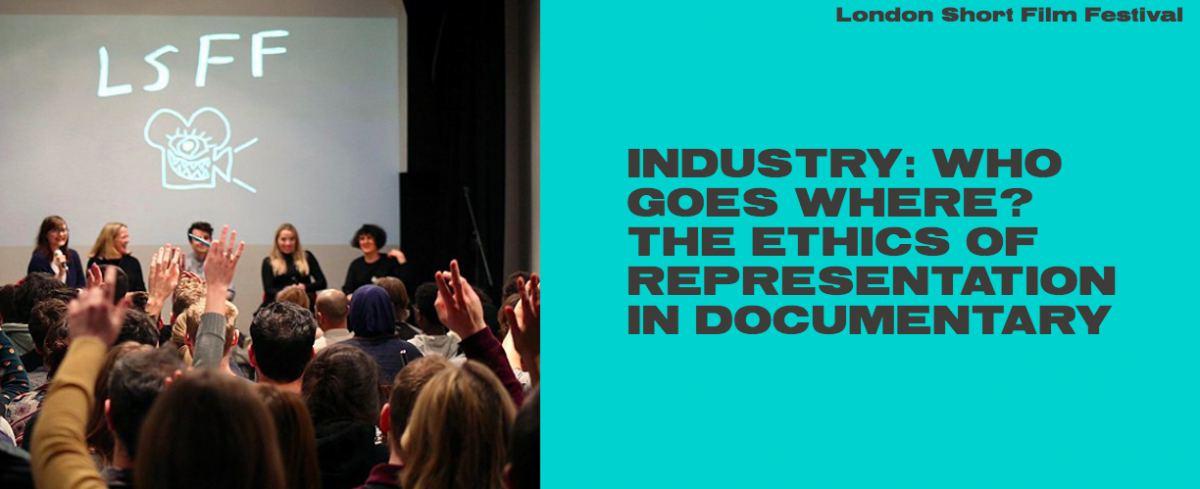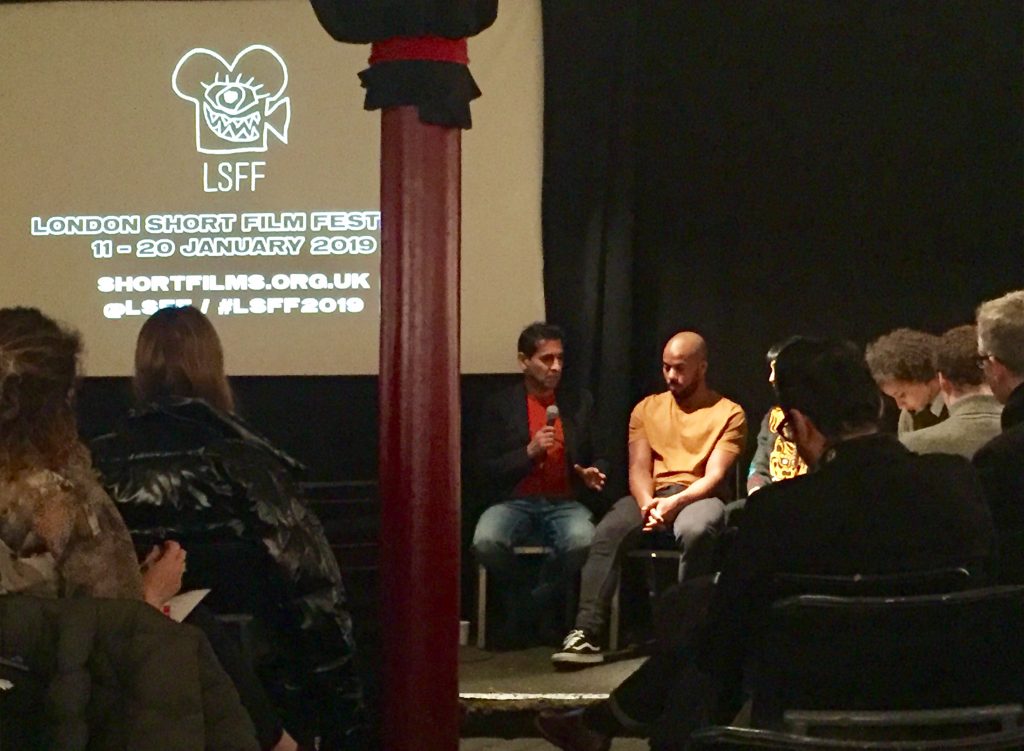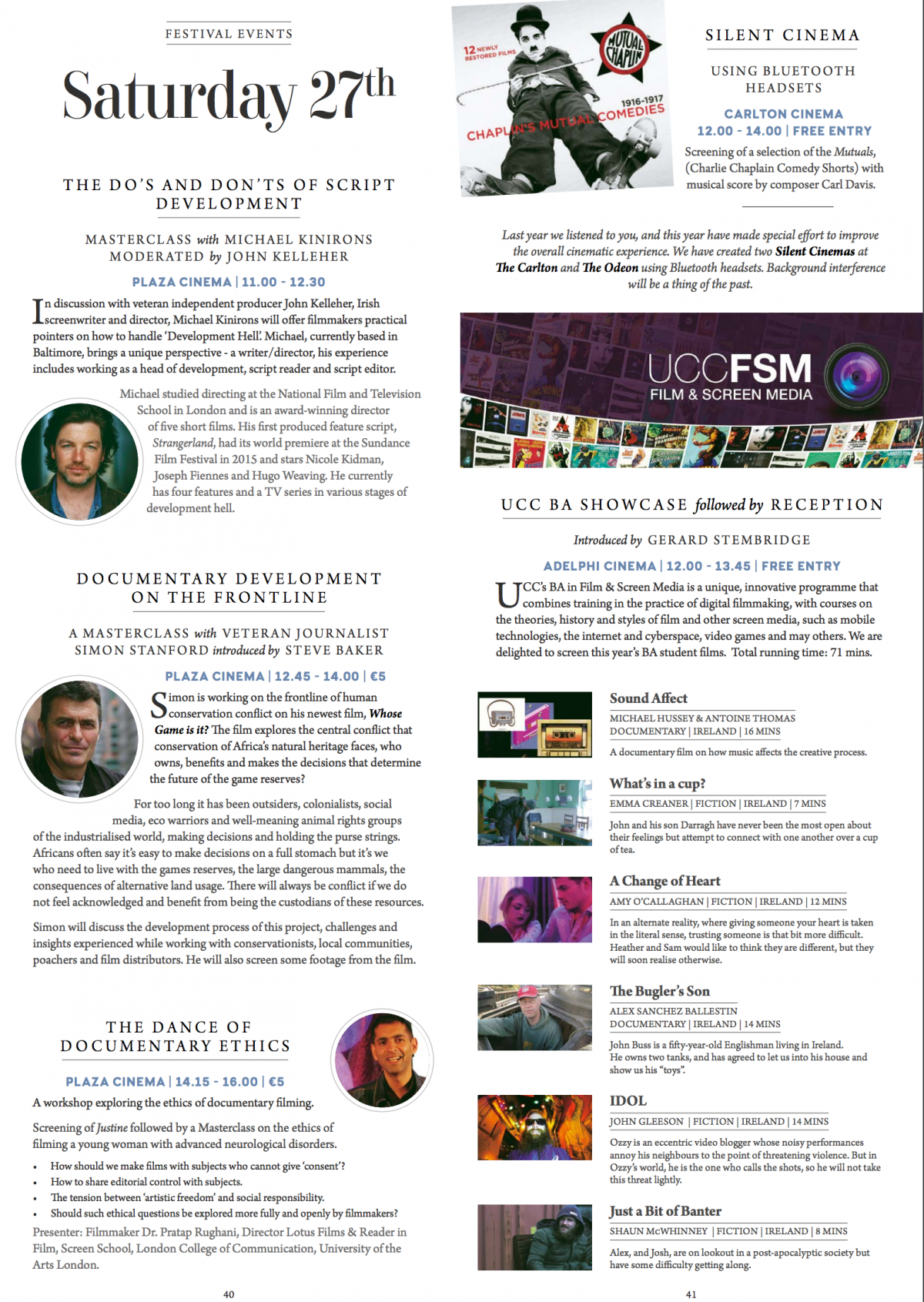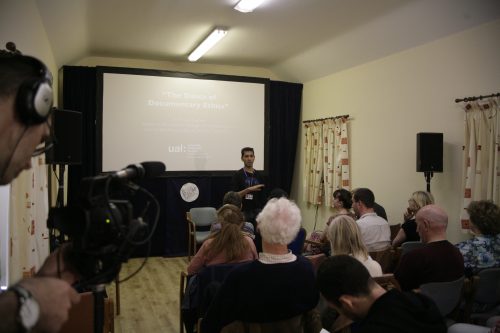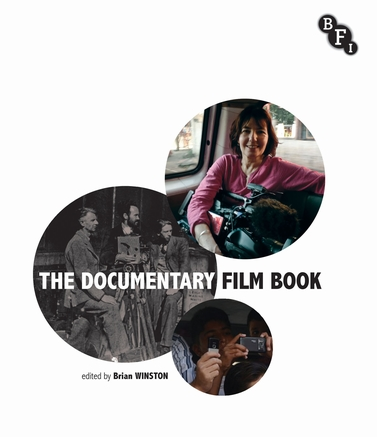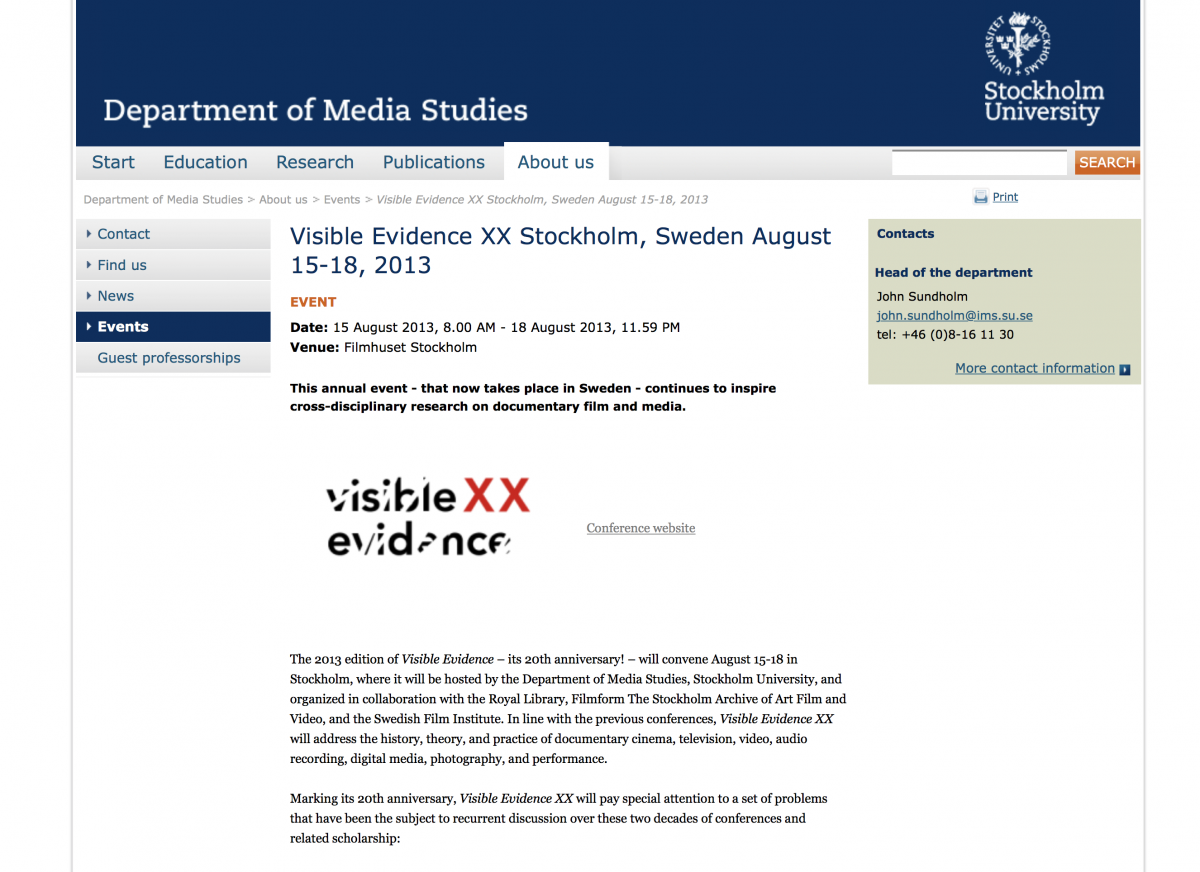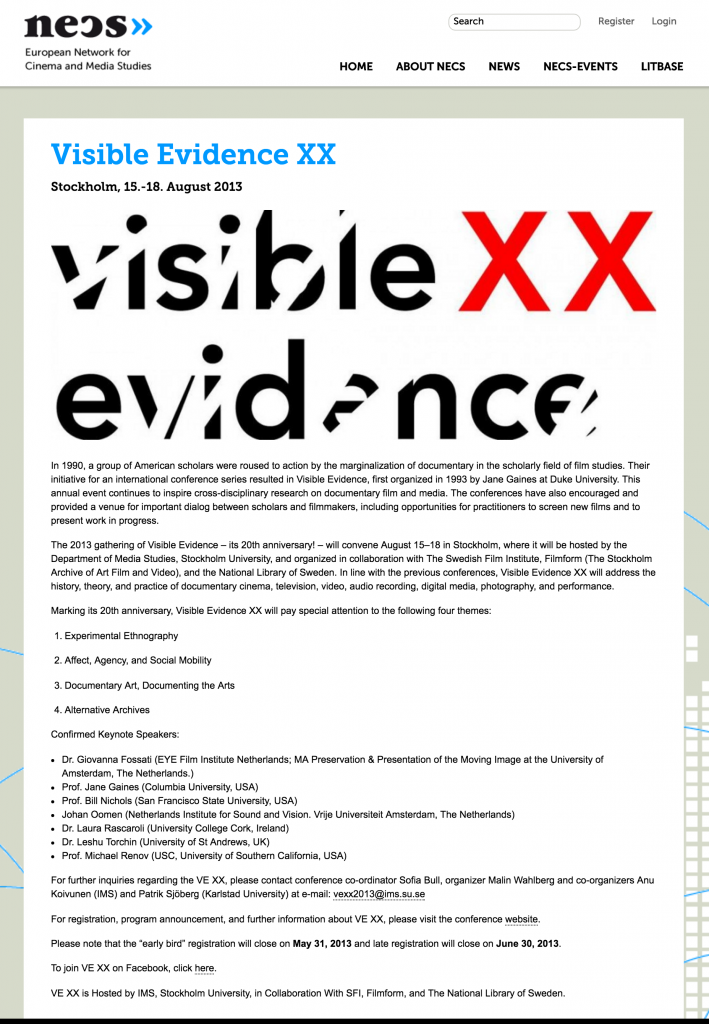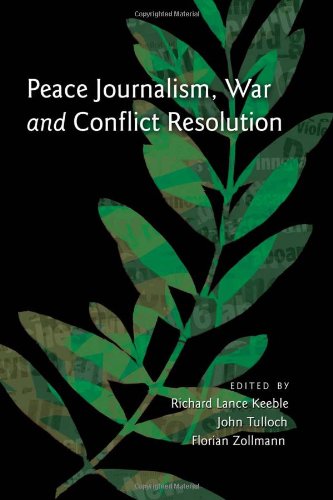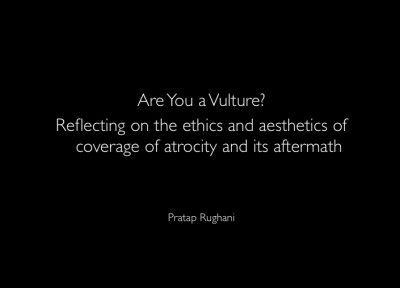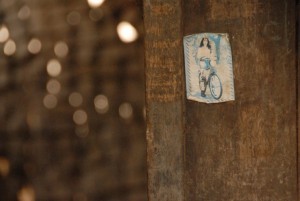London College of Communication, University of the Arts London launches Ethics for Making in partnership with Lotus Films, 15 October 2020.
The free, digital resource provides a space for students, teachers and makers to explore ethics in creative practice.
Focusing on five key themes of consent, representation, responsibility, freedom and collaboration, Ethics for Making invites audiences to explore ethical considerations through the lens of Professor Pratap Rughani’s documentary film, Justine, which follows a young woman living with severe neurological disorders in the lead-up to a milestone birthday.
Developed using the responses of a range of filmmakers, teachers and students to the film, which has been shown internationally at conferences, film festivals and online teaching sessions, the site has been shaped into 2 distinct areas: the exploratory information resource, ‘Home’, which offers a range of audio, film and written content; and an ‘Immersive Taster’, which provides an innovative browsing experience using the specialist software, Klynt. Developed in France, Klynt enables audiences to engage with film through particularly responsive methods.
